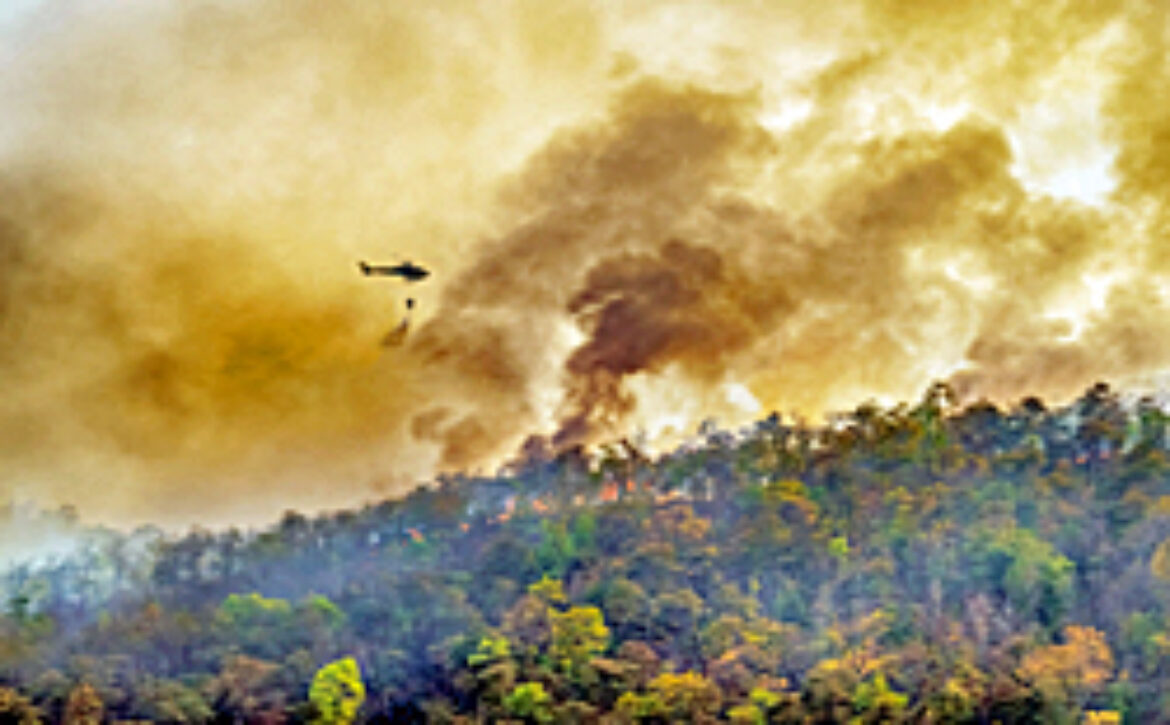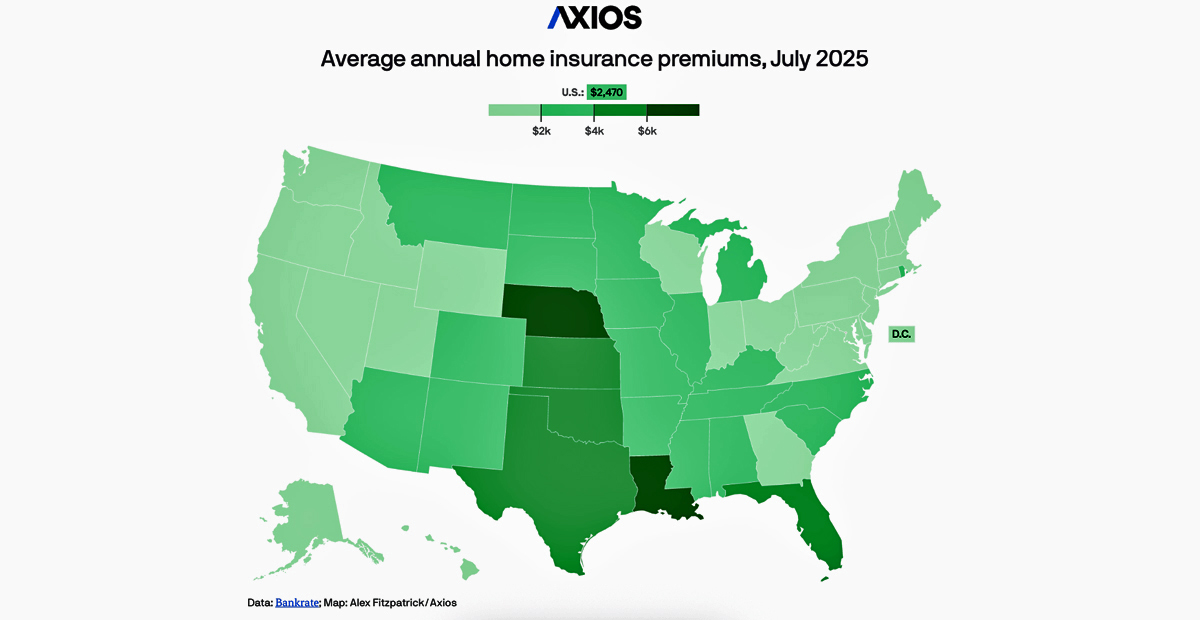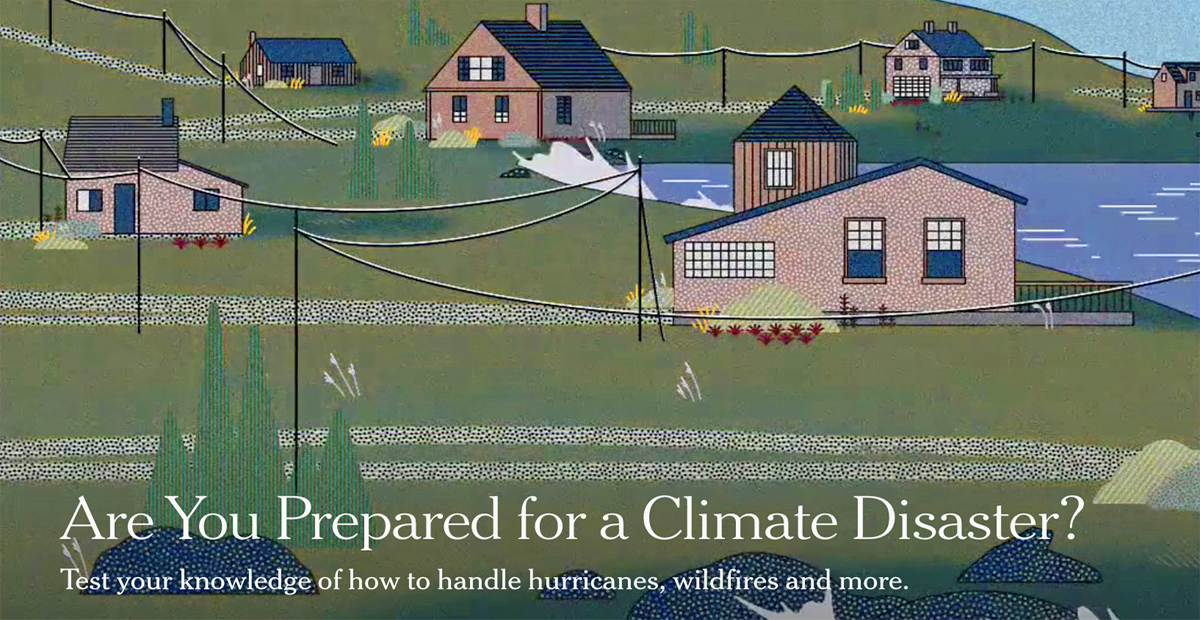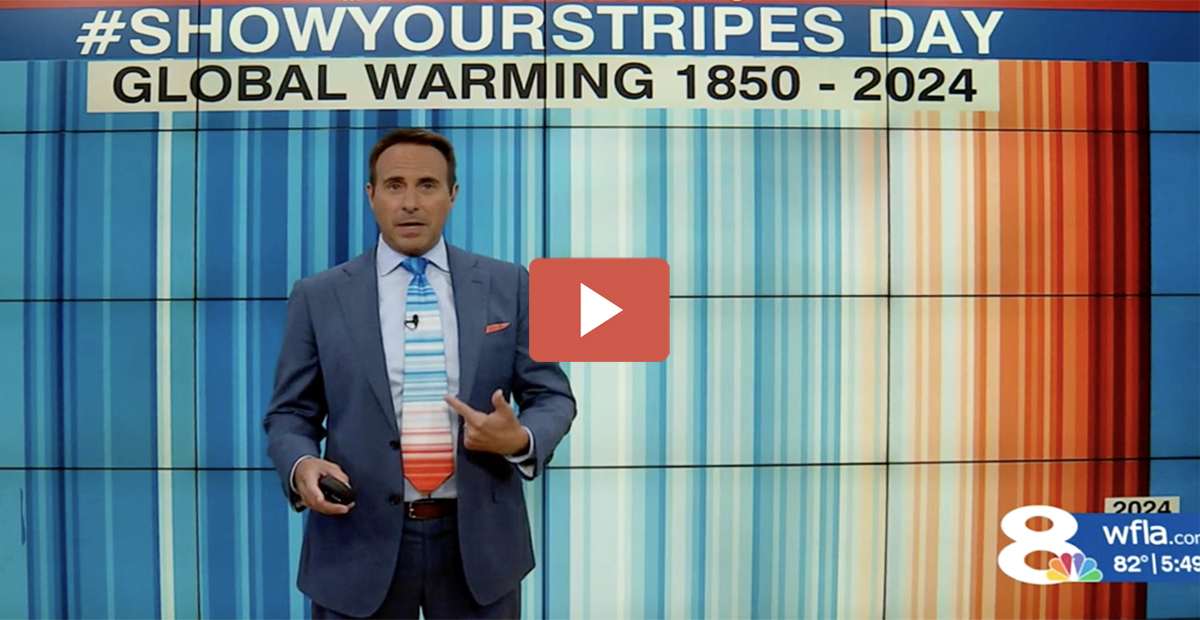November/December
Dear Friends
At a time of year when we come together with friends and family, our thoughts turn to the importance of hearth and home. Our homes are so much more than four walls: they are the place where family memories are created and community is built. They are also usually our biggest purchase and our most important financial asset. That’s why it is critically important we protect our homes from climate change’s physical and economic damages.
Many people know that climate change can harm our homes in a wide variety of ways: from longer and hotter heatwaves, torrential rainstorms, more powerful hurricanes, fiercer wildfires, stronger windstorms, bigger hailstones, and higher sea surges in coastline communities.
But many don’t realize that these physical challenges are putting pressure on our insurance system, and that fact is beginning to impact the value of our homes and other investments. Insurance only works if the costs are high enough to reward the insurance company for taking the risk and low enough to be acceptable for a wide swath of policyholders. In many markets, we are crossing that threshold – insurance companies deem the risks too high because of climate change and policyowners across the country are finding themselves shut out of the market or paying through-the-roof premiums.
This is clearly bad news for individual homeowners and for vulnerable communities but also has worrisome implications for our whole economy. Insurance anchors many of our investment systems. As insurance becomes too expensive or unavailable, home values decline. As home values decline, other financial markets, like mortgage-backed securities and municipal bonds, can also be negatively impacted. On top of that, without insurance, banks cannot make long-term loans.
This snowball effect is creating a serious threat – the Federal Reserve chair has already warned that in the next 10-15 years, many climate-vulnerable areas may be uninsurable and bank loans and mortgages unavailable.
To meet the challenge, we will need to spend more on hardening our homes and infrastructure and face the heartbreaking decision of letting some communities go. The longer we wait, the harder it gets. The sooner we act, the safer – and more financially secure – we will be.
Sincerely,
Kathleen Biggins
Founder and President
Notable Quote
“Homeowners don’t appreciate or don’t understand that we are living in a much riskier world than we were 25 years ago. And that risk? They have to pay for it.”
News of Concern
As we prepare for climate change’s long-term threats to our homes, we also have to meet a looming short-term threat: keeping our heat and lights on this winter. As skyrocketing demand from new AI data centers strains our antiquated, fragmented grid, utilities and companies are scrambling to secure enough energy sources.
The Trump administration has reacted by supporting coal plants and old nuclear plants running past closure dates, expanding offshore oil and gas drilling, establishing new natural gas pipelines and plants on the grid and as stand-alone units at production centers. We should note, there is bipartisan support for new nuclear and geothermal power – two important clean-energy sources that hold significant promise. While we desperately need more energy supply on our grid, our choices today have repercussions for the world we will have tomorrow. We need to be charting a path that protects both.
At the same time the federal government is pushing to amp up offshore oil and gas drilling – something even conservative lawmakers are wary of – the administration also wants to weaken EPA protection of our rivers and wetlands. Not only are these bodies of water critical for clean drinking water, wetlands are a major carbon sink, sequestering carbon dioxide 10 times faster and up to five times more than tropical forests.
The link between climate change and water may be even tighter than many realize. The warming temperatures are causing massive glacier melt – with a recent study showing one glacier in Antarctica, Hektoria, receded five miles in two months, losing half its ice at a rate that shocked scientists and has worrisome implications for accelerating sea level rise. And at the same time, glaciers in mountainous areas like the Alps and Himalayas are melting rapidly, creating hazards for mountain towns that are being washed away by the glacier melt. As deadly as these glacial floods are, they are a prologue to a much bigger looming threat. Glaciers are the “water cooler” for many countries. Every year, billions of people downstream harvest glacial melt for drinking water, agriculture, and manufacturing. What will happen to water resources when the glaciers fully melt away?
Climate change is affecting every single one of us – yet we seem unable to chart a safe course to lower emissions quickly enough to stay at safe levels. We are at the cusp of crossing the 1.5°C threshold where scientists warn natural systems will change more radically. For the moment, it feels as if fossil fuel interests are winning the day – COP30, the annual UN climate summit that was held last month, ended with a whimper, without even a mention of weaning off of fossil fuels, a retreat from past years’ promises to “transition away from fossil fuels.”
Our foot dragging has real-world repercussions. The United Nations’ Refugee Agency reports about 250 million people have already been displaced due to weather-related disasters in the past decade. Humanitarian agencies are struggling to keep up (their efforts are also hampered by climate-related issues like supply chain backlogs and damaged infrastructure) and countries are ill-prepared to handle the sheer numbers of refugees, let alone the conflict that arises with such massive migration. And since we know that weather disruptions will get much worse as temperatures continue to rise, we expect migration pressures will ratchet up in the future.
News of Hope
As the U.S. sees a surge in demand for electricity, that need is spurring innovations like networks of home batteries that can both help stabilize the grid and drive down consumer costs. In Texas, for example, one energy startup has created a model in which customers lease in-home batteries to collect surplus energy that they sell back during periods of peak demand. This “virtual power plant” arrangement is a win for the customer and the utility.
And, importantly, many of the world’s fastest-growing economies are pivoting to renewables and batteries for larger portions of their energy mix. Because China – the world’s “renewable energy superpower” – has made cleantech so cheap, developing countries like India, Nigeria, Morocco, Turkey, and Vietnam are beginning to prioritize renewables over fossil fuels for their economic development. The fact that this shift is being driven by economics and energy security rather than climate concerns is actually good news.
Speaking of good news, we’d like to tip our hat to our friends Down Under. Australia is rapidly decarbonizing its grid and continues to think outside the box. In a novel move, the country is giving away three hours of energy – for free! – allowing households in parts of the country to run energy-hungry appliances and charge cars at no cost during peak solar hours.
Moving the dial on climate change means holding our governments accountable for their actions. A precedent-setting ruling by the European Court of Human Rights may help – it declared that governments must assess the global climate impact of new fossil fuel projects before allowing new drilling fields to open. It’s an important step toward protecting our climate and the health of our planet.
Finally, there’s been much buzz over AI and its negative impact on our climate, from the energy and water it guzzles to the emissions it creates. But there’s a climate upside to AI, too. It can help us identify the best places to build geothermal plants, show us how to speed up our quest to create energy through fusion, and create plans that help businesses of all sizes pollute less and use energy more efficiently. While AI poses real challenges to our energy systems, we shouldn’t forget it can accelerate solutions as well.
Notable Graph

Economic experts say there’s no ambiguity here – without wind and solar, the U.S. is unlikely to meet our power needs. That reality is driving investment and business interests, even as the Trump administration’s focus is on increasing fossil fuel use. Read more here.
Notable Video
Could Saudi Arabia transform from a scorching desert to a green oasis? The country’s ambitious plan would significantly reduce greenhouse gas emissions and lower temperatures in one of the hottest regions of the world. Let’s see whether this dream evolves into reality.



















